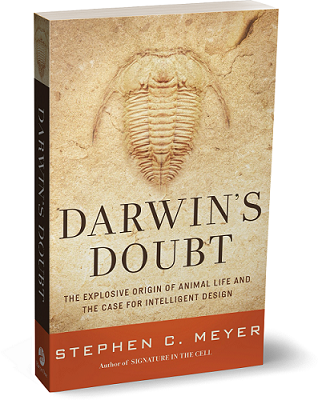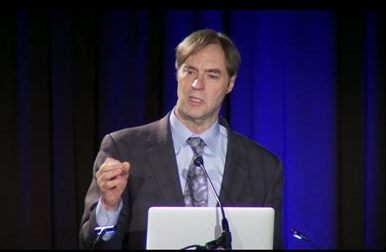|
home | what's new | other sites | contact | about |
||||
|
Word Gems exploring self-realization, sacred personhood, and full humanity
Dr. Stephen C. Meyer's An Investigation of the 'Cambrian Explosion'
return to "Evolution" main-page
Editor's note: The following information is from chapter nine of Darwin's Doubt.
Dr. Meyer introduces Dr. Murray Eden, an MIT professor of engineering and computer science. Eden was one of the first to perceive that DNA is not to be viewed only as genes and chromosomes but as a kind of digital programming code. Random mutations would assuredly scramble the DNA code. When this happens, will the outcome result advantageously for the organism? Eden explained: “No currently existing formal language can tolerate random changes in the symbol sequences which express its sentences. Meaning is almost invariably destroyed.” Consequently, he posited that mutation-driven changes to the DNA nucleotide sequences would make it highly unlikely that subsequent genes and proteins might gain benefit, but, rather, would suffer degradation. 'it just jams' Eden said that even a few mutational changes to the DNA code, based on his knowledge of computer programming, would result in “no chance (i.e., less than 1/101000) even to see what the modified program would compute: it just jams.” All of this is a problem for Darwinism which envisions genetic advancement for organisms as a result of random mutations. But, these random mutations will quickly degrade existing code of the life-form.
|
||||
|
|

